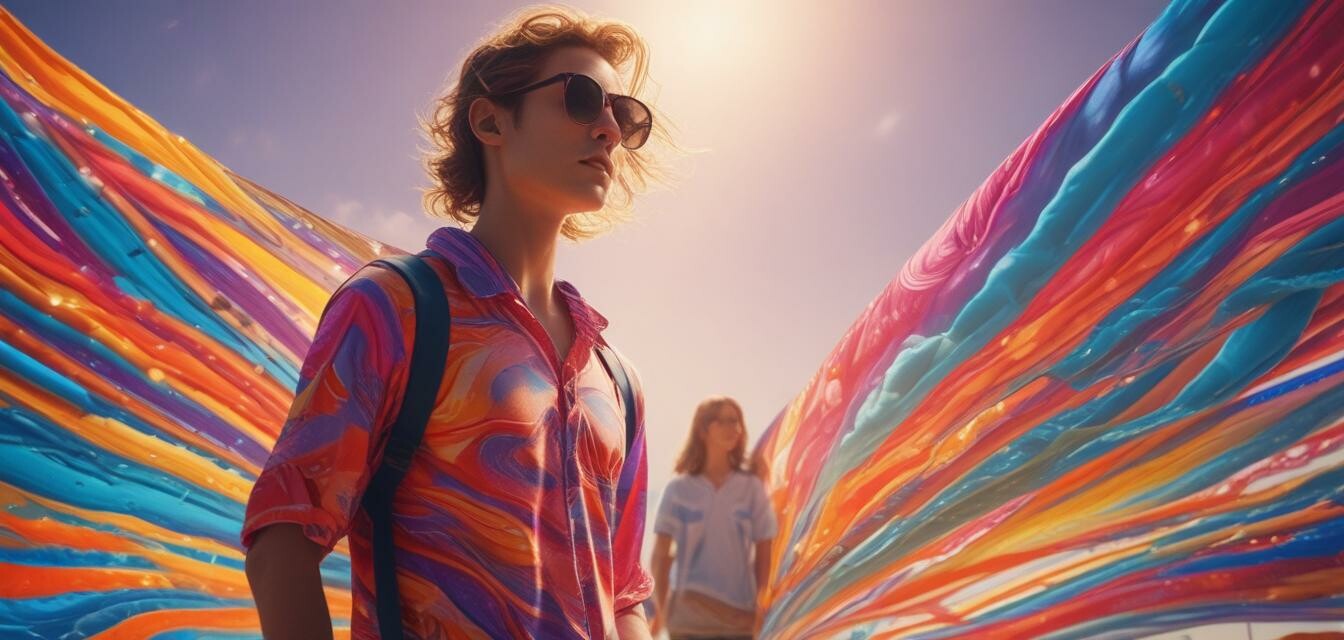
Global Impact of UV Radiation Awareness Campaigns
Key Takeaways
- Increased awareness of UV radiation risks promotes the use of UV protective clothing.
- Campaigns target various demographics, including children, outdoor enthusiasts, and those with heightened skin sensitivity.
- Statistics on skin cancer emphasize the importance of protective measures.
- Innovative UV clothing blends fashion and functionality, appealing to a broader audience.
- Emerging trends include sustainable fashion and technologically advanced fabrics.
In our increasingly sun-drenched world, awareness initiatives about the dangers of UV radiation have gained momentum, impacting the way people dress and protect their skin. This article delves into the global impact of these campaigns and their influence on the popularity of UV protective clothing.
The rise of awareness campaigns
With skin cancer rates on the rise globally, awareness campaigns have become crucial in educating the public about the risks associated with UV exposure. These campaigns aim at informing people about how to effectively protect themselves and their families from harmful rays.
Global Statistics on UV Radiation
| Region | Skin Cancer Incidence (per 100,000 people) | Major Awareness Campaigns |
|---|---|---|
| North America | 22 | Skin Cancer Awareness Month |
| Europe | 16 | European Skin Cancer Awareness Day |
| Australia | 48 | SunSmart Program |
| Asia | 10 | National Sun Safety Awareness Month |
| South America | 14 | UV Awareness Month |
These statistics highlight the disparity in UV exposure risk across regions, leading to tailored campaigns that address specific local needs. For example, Australia has one of the highest rates of skin cancer, resulting in aggressive public health initiatives such as the SunSmart Program, which educates citizens on sun safety and protective measures.
Target demographics
Awareness campaigns are designed to resonate with various demographics, ensuring that the message reaches those who need it most. Here are the key target groups:
- Children: Campaigns often focus on parents, urging them to protect their children from UV damage.
- Outdoor Enthusiasts: Hikers, sports players, and beach-goers are encouraged to wear UV protective clothing during their activities.
- Individuals with Increased Sensitivity: This includes people taking medication that heightens photosensitivity and those with certain skin types.
- Fashion Enthusiasts: The combination of aesthetics and functionality is heavily marketed to individuals who care about style without sacrificing protection.
Influence on UV protective clothing
With increasing awareness, the demand for UV protective clothing is steadily on the rise. Garments designed with higher UPF ratings are now central to consumer choices, as awareness campaigns effectively communicate their benefits.
Benefits of UV Protective Clothing
| Feature | UV Protective Clothing | Regular Clothing |
|---|---|---|
| UPF Rating | 30-50+ | 5-10 |
| Reapplication Needed | No | Yes (sunscreen) |
| Ideal for Extended Wear | Yes | No |
| Moisture-Wicking | Often | Rarely |
The table above illustrates the clear advantages of investing in UV protective clothing. With features like moisture-wicking and cooling properties, these garments are not only protective but also comfortable.
Emerging trends in UV clothing
The UV protective clothing market is evolving, influenced significantly by rising consumer awareness and preferences. Here are some noteworthy trends:
- Sustainable Fashion: More brands are focusing on eco-friendly materials for UV protective clothing, tapping into the sustainable fashion movement.
- Technological Innovations: Advances in fabric technology lead to better UV-blocking capabilities and enhanced comfort.
- Fashion-Forward Designs: Brands are increasingly blending style with function, making UV protective garments appealing to fashion enthusiasts.
Challenges and considerations
While the impact of awareness campaigns is largely positive, there are challenges to consider. Misinformation and misconceptions about UV protection can hinder the effectiveness of campaigns. Additionally, price points for UV protective clothing may deter some consumers.
Pros
- Enhanced public knowledge about UV risks can lead to healthier lifestyles.
- UV protective clothing offers year-round skin protection.
- Current trends suggest a bright future for the UV clothing market.
- Consumer preference is shifting towards multifunctional products.
Cons
- Perceived costs may prevent some people from purchasing UV protective clothing.
- Misinformation concerning the effectiveness of UV protective measures persists.
- Some garments may lack style or a fashionable appeal.
Conclusion
The global impact of UV radiation awareness campaigns is profound, promoting a shift in consumer behavior towards UV protective clothing. With increasing awareness of the risks associated with UV exposure, the demand for protective apparel is on the rise. By continuing to educate the public on the benefits of these garments, the industry is set to grow and thrive.
For more information on UV protective clothing and its benefits, check our accessory list or read about buying guides for informed purchasing decisions.